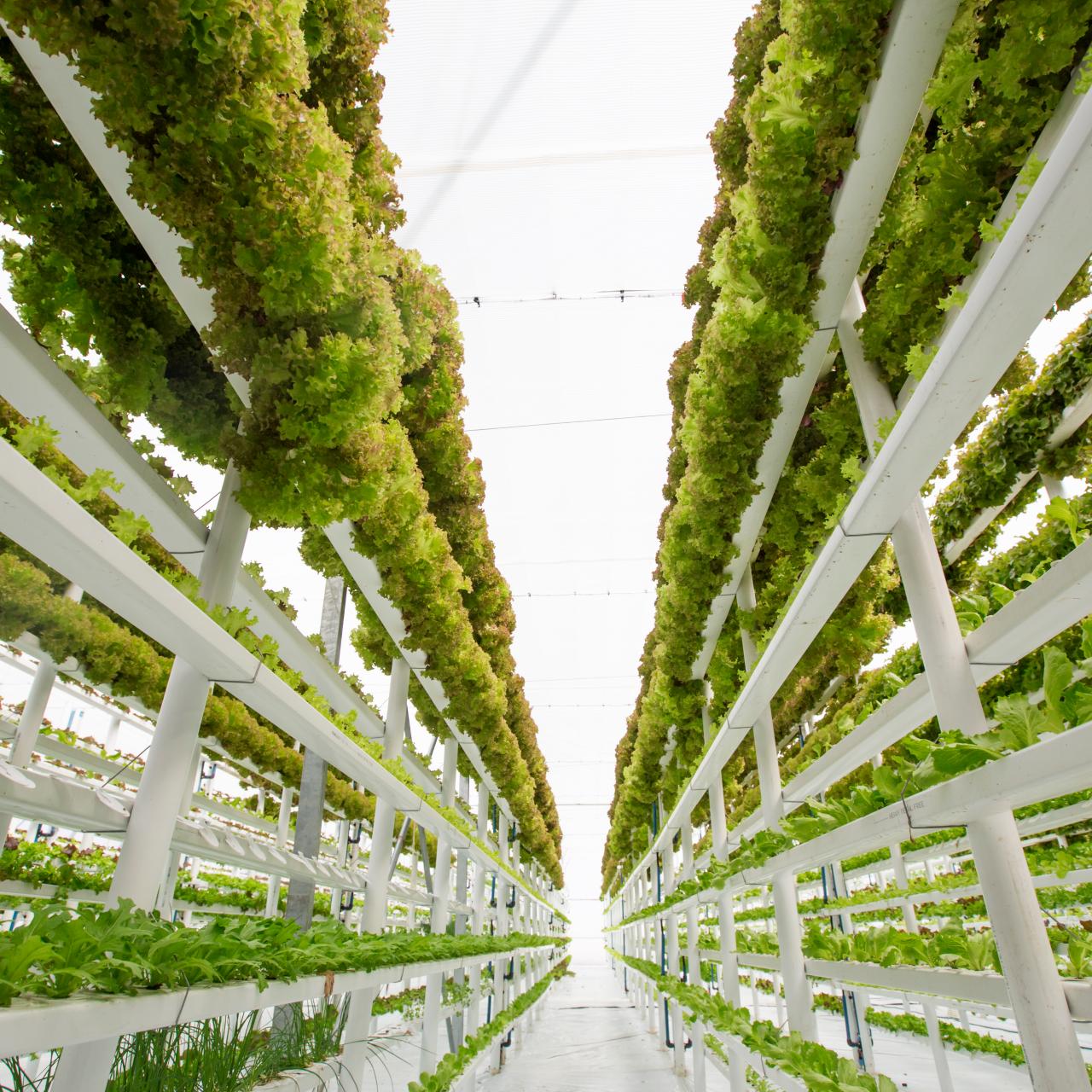The Rise of Vertical Farming
The concept of vertical farming isn’t entirely new, but recent advancements in technology and a growing awareness of the need for sustainable food production have propelled it into the spotlight. Vertical farming involves the cultivation of crops in vertically stacked layers or inclined surfaces, often in controlled environments like warehouses, greenhouses, or even abandoned buildings. Here are some key reasons why vertical farming is gaining popularity:
- Maximizing Space Efficiency
One of the most significant advantages of vertical farming is its ability to maximize space. Traditional agriculture requires vast expanses of land, which are becoming scarcer due to urbanization and environmental degradation. Vertical farms can be set up in urban areas, utilizing vertical space to grow crops. This allows for year-round production in locations where traditional farming might be limited to seasonal cycles. - Reduced Environmental Impact
Vertical farming can significantly reduce the environmental impact of agriculture. By controlling factors like temperature, humidity, and lighting, these farms use resources more efficiently. They can employ techniques such as hydroponics or aeroponics, which use less water compared to traditional soil-based farming. Additionally, the controlled environment reduces the need for pesticides and herbicides, making vertical farming more environmentally friendly. - Climate Resilience
Climate change poses a significant threat to agriculture. Extreme weather events, shifting weather patterns, and unpredictable conditions can wreak havoc on crops. Vertical farms, being indoors, provide a climate-controlled environment where factors like temperature, humidity, and light can be precisely regulated. This climate resilience ensures a stable and consistent food supply regardless of external weather conditions. - Fresher and Healthier Produce
Vertical farms can grow crops closer to where they are consumed, reducing the time and distance food travels before reaching the consumer. This means that produce can be harvested at its peak ripeness, resulting in fresher and more nutritious fruits and vegetables. It also reduces the need for preservatives and other chemicals used to extend the shelf life of produce during transportation.
The Technology Behind Vertical Farming
The success of vertical farming relies heavily on advanced technology and automation. Here are some of the key technologies used in vertical farming:
- LED Lighting
LED (Light Emitting Diode) lighting plays a crucial role in vertical farming. These energy-efficient lights can be customized to provide the optimal spectrum of light for plant growth. They can mimic natural sunlight and be adjusted to different crops and growth stages. - Hydroponics and Aeroponics
In vertical farms, soil is often replaced with hydroponic or aeroponic systems. Hydroponics involves growing plants in nutrient-rich water, while aeroponics uses a mist or air to deliver nutrients. Both methods ensure efficient nutrient absorption by plants and minimize water usage. - Climate Control
Sophisticated climate control systems maintain the ideal conditions for plant growth. These systems regulate temperature, humidity, and CO2 levels, creating a stable environment that optimizes plant growth and reduces the risk of pests and diseases. - Data Analytics
Data-driven decision-making is a hallmark of vertical farming. Sensors collect data on factors like temperature, humidity, and plant growth, allowing farmers to make precise adjustments to optimize crop yields. Machine learning and AI are also used to predict crop behavior and optimize growing conditions.
The Future of Vertical Farming
The future of agriculture is likely to be closely intertwined with vertical farming. As technology continues to advance, we can expect even greater efficiency and sustainability in food production. Here are some potential developments on the horizon:
- Integration with Smart Cities
Vertical farms could become integral components of smart cities, providing fresh produce to urban populations while reducing the carbon footprint associated with food transportation. These farms could be built into the infrastructure of buildings, making use of otherwise wasted space. - Crop Diversification
As vertical farming technology matures, we may see an expansion in the variety of crops that can be successfully grown in these environments. This could include staples like wheat and rice, as well as specialty crops like herbs and spices. - Increased Accessibility
As economies of scale are achieved and technology becomes more affordable, vertical farming may become accessible to a broader range of people, including small-scale farmers and community groups. This could help address food security issues in underserved areas. - Collaboration with Space Exploration
Vertical farming technology may find applications in space exploration. The controlled environments and efficient resource usage of vertical farms could be used to grow food on long-duration space missions or even on other planets.
Conclusion
Vertical farming represents a promising solution to the challenges facing traditional agriculture. By growing upwards, we can maximize space, reduce environmental impact, and ensure a consistent and fresh food supply. As technology continues to advance, the potential for vertical farming to revolutionize the way we produce food is boundless. It’s a sustainable path forward that can help us feed a growing global population while minimizing the strain on our planet’s resources. The future of farming is looking up—literally.
In our next blog post, we will delve deeper into the economics of vertical farming and explore how it can be a financially viable option for farmers and investors alike. Stay tuned for more insights into this exciting field of agriculture.
Thank you for joining us on this journey to explore the world of vertical farming. If you found this post informative, please share it with others who are interested in sustainable agriculture and food security.






